Thinking Thursday - Why use a sanding sealer?
Applying sanding sealer is a vital step in finishing high-quality furniture and trim. The difference between a project with a professional-looking finish or one that just looks okay is attention to detail and patience. Attention to detail means taking the time to prepare the wood properly and patience means you need to take extra time to finish the project. One of those extra steps is to use a sanding sealer.
Why? Wood is not a smooth surface and any stain or topcoat you use will tend to “fill in” those little holes and imperfections, resulting in an uneven distribution and finish. Using a sanding sealer and then stain or topcoat will be more even, giving you the fine furniture finish. Sanding sealers are used for a number of reasons. Sealers prevent absorption of finish coats into the wood, ties down the stains and fillers which have been applied and helps with adhesion of topcoats. A sealer coat is also used to prevent bleeding of certain types of stain into the topcoat. The main reasons for using sanding sealers are:
- To seal in the stain or filler
- Provide a smooth surface for final topcoat application
- Provide good holdout, prevent the topcoat from soaking into the wood
- Provide moisture resistance
- Contribute to build and clarity
- Provide a sandable, smooth surface for your topcoat coating
Unless you are looking for a rustic finish, use sanding sealer on your next project and see for yourself what the pros already know, that a sanding sealer is the key to a fine wood finish.
You can find detailed information on our Aqua Coat Seal Sanding Sealer here or our sprayable X-119 Sanding Sealer here.


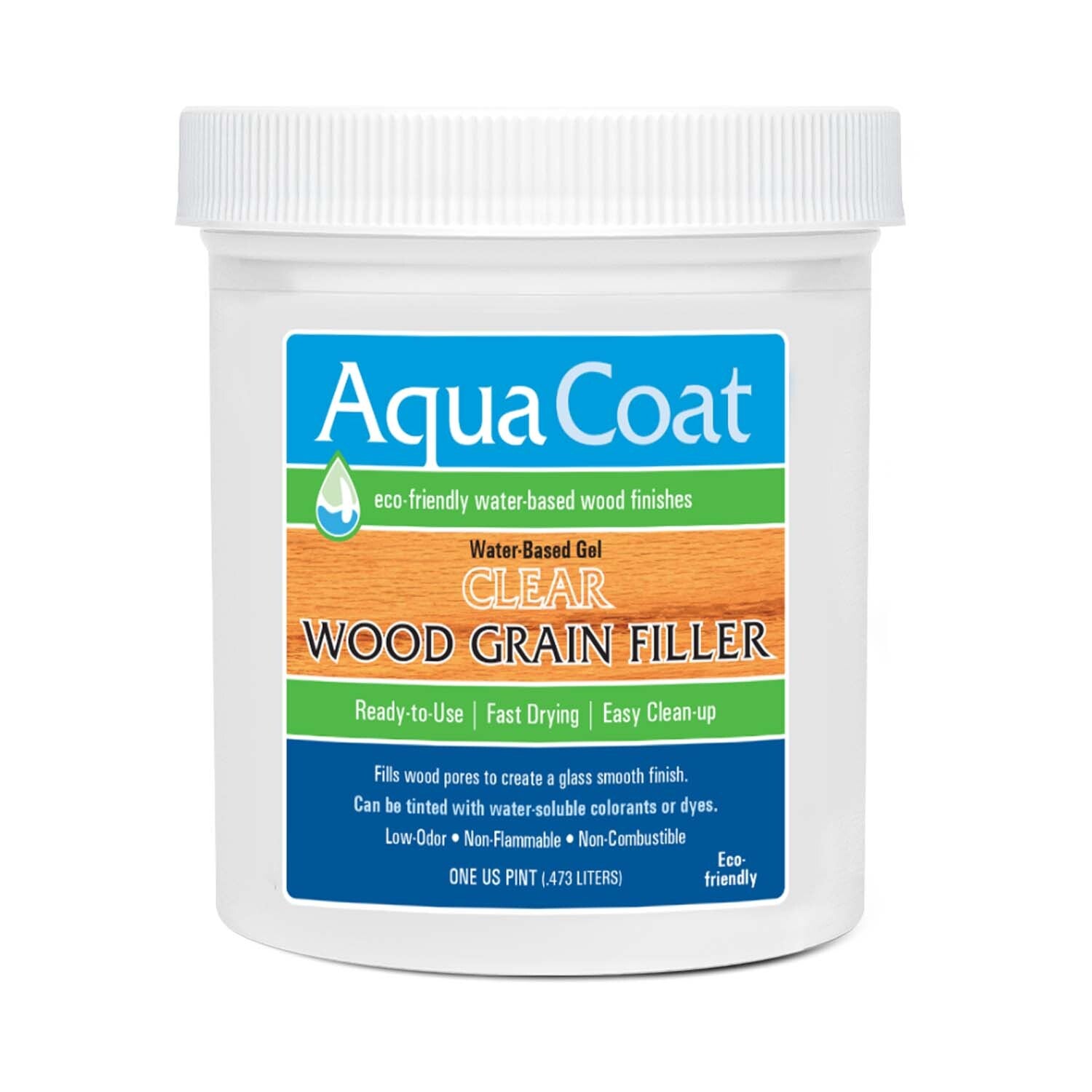
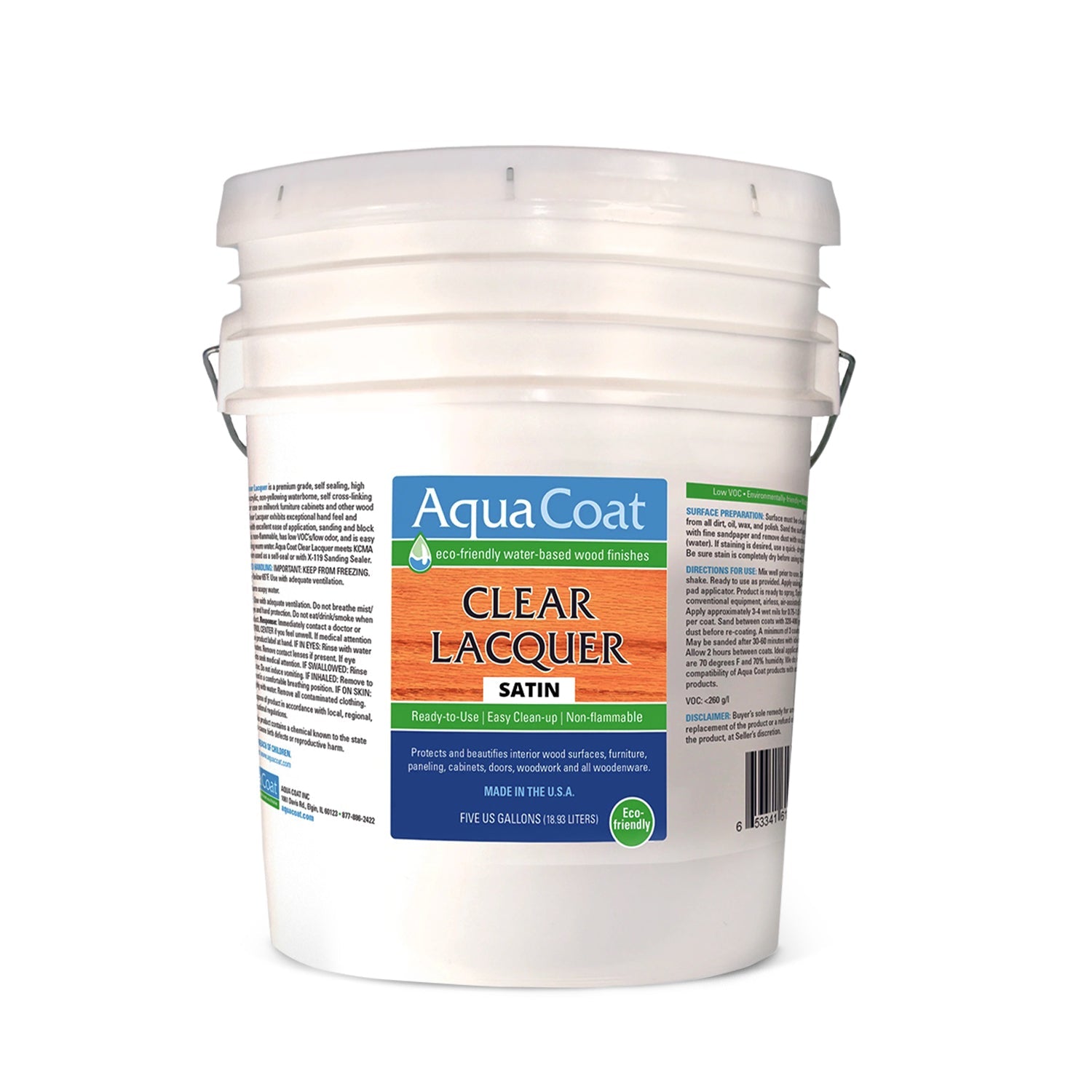
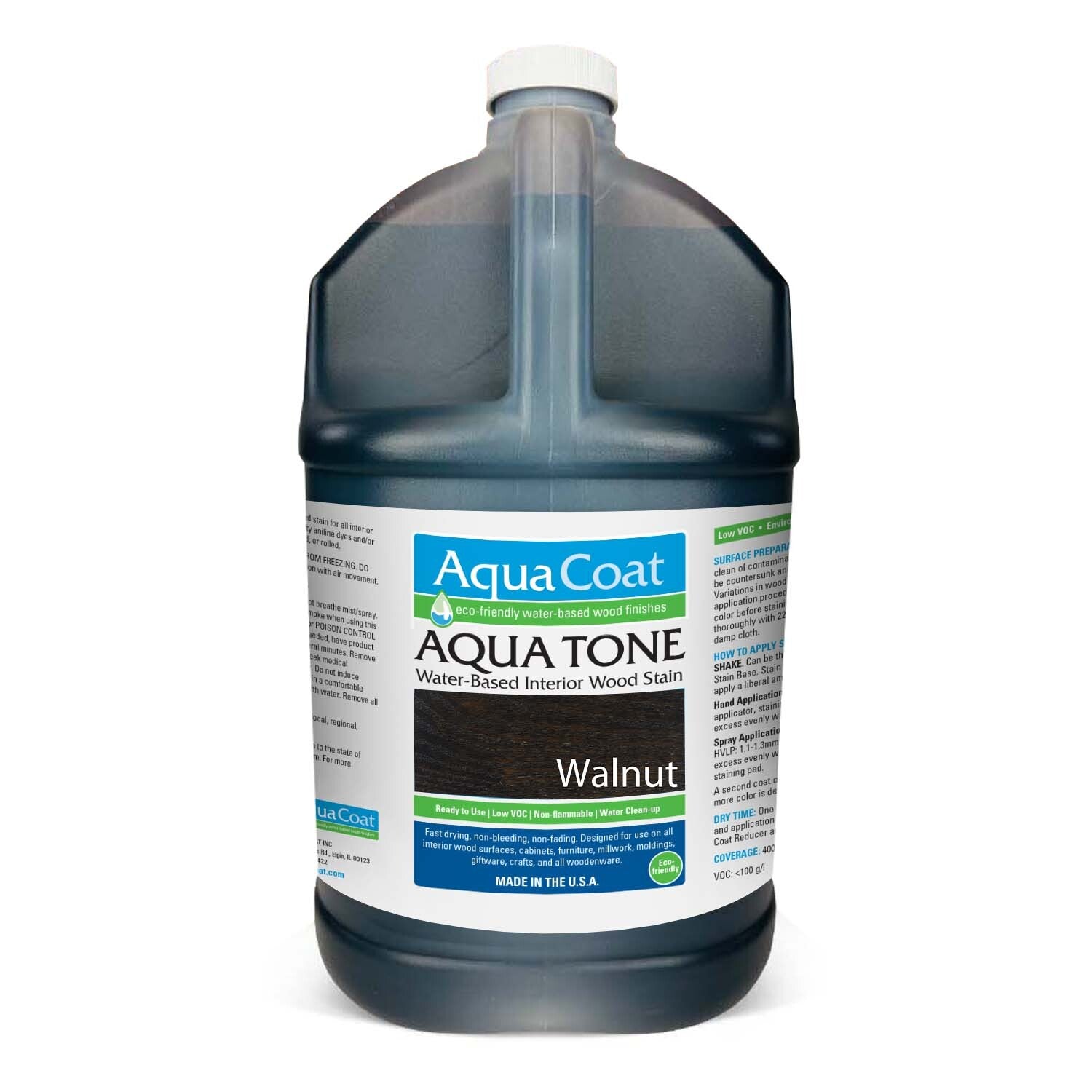
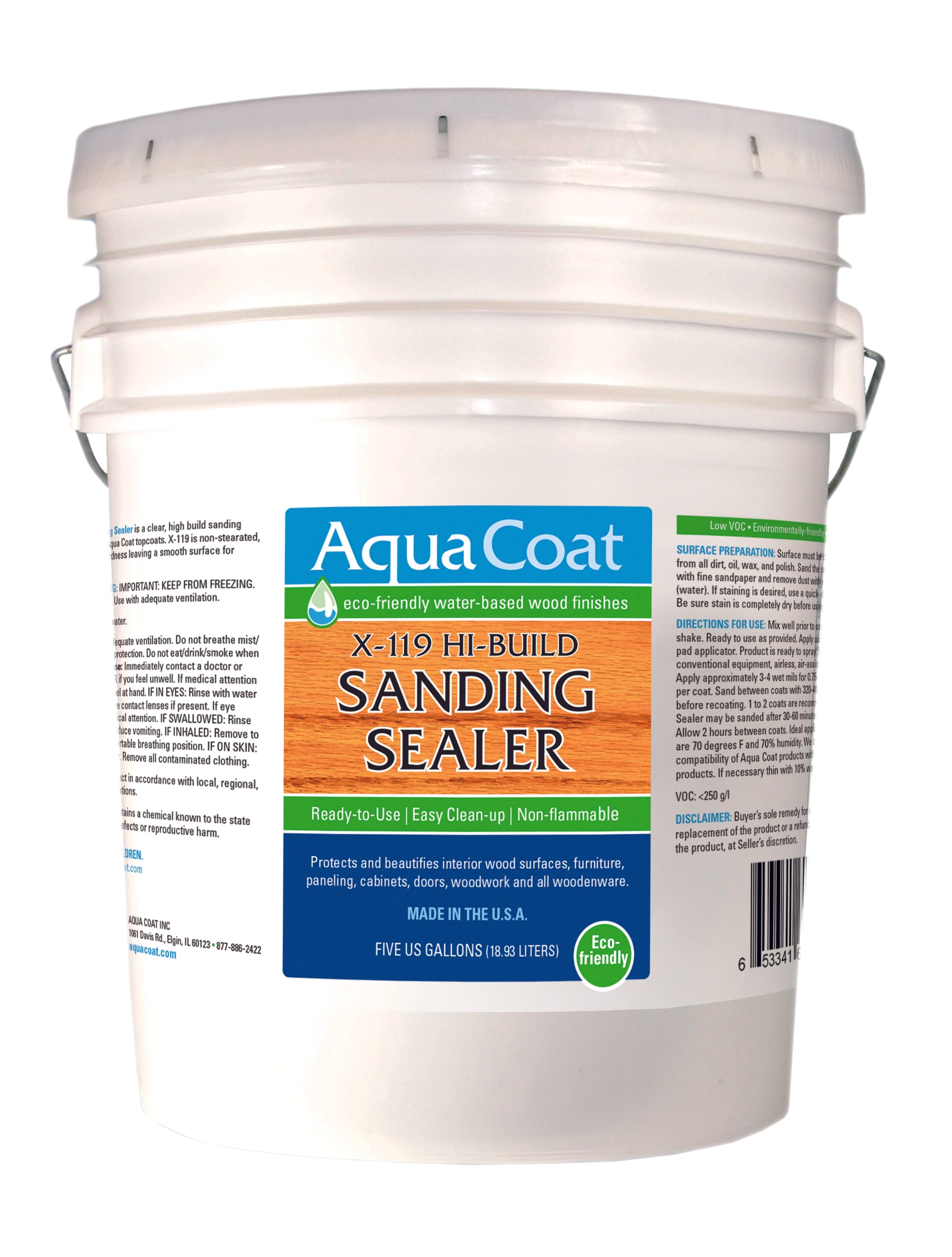

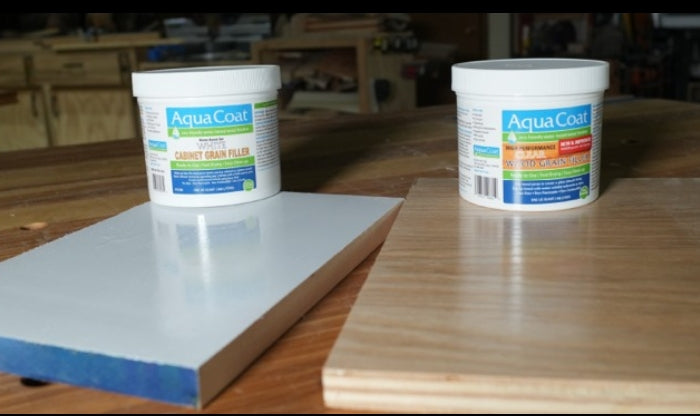

Leave a comment